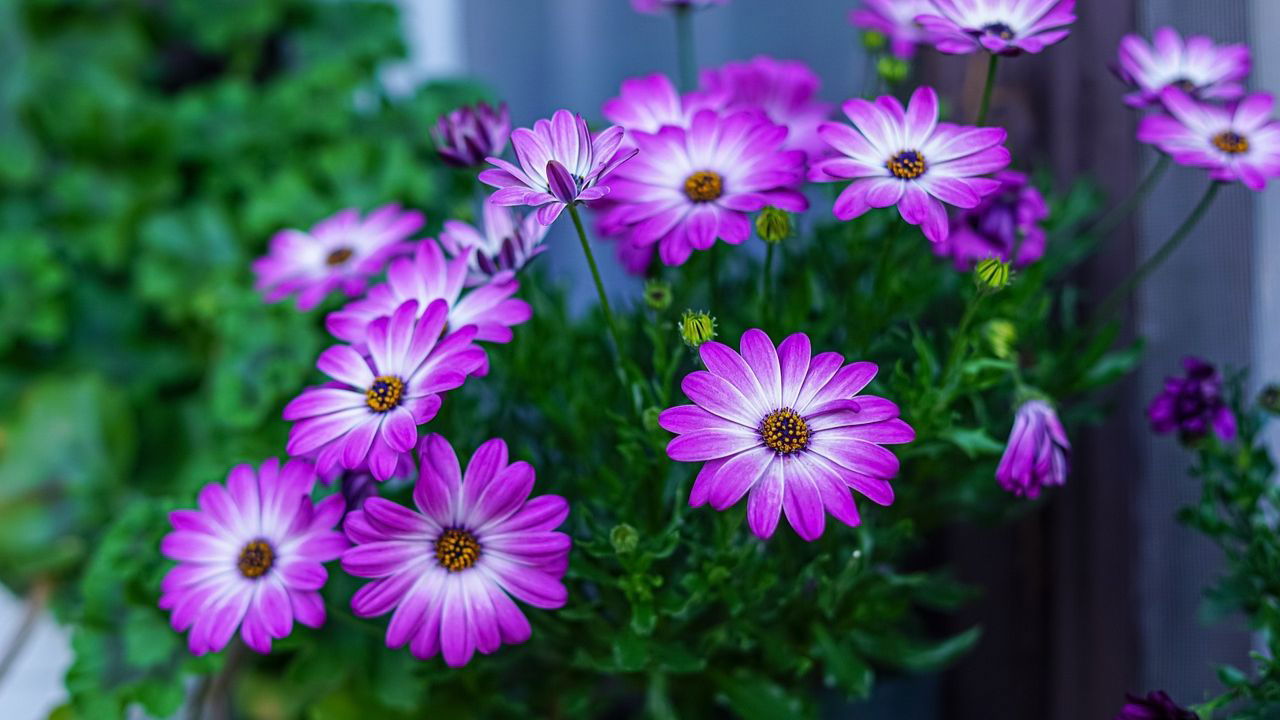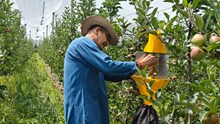
Gerbera, scientifically known as Gerbera jamesonii, is a popular flowering plant from the Asteraceae family, celebrated worldwide for its vibrant, sun-kissed blooms. Traditionally, Gerbera is grown in soil, but farmers often face challenges such as clogged drainage, pest infestations, and nutrient imbalances. In recent years, soilless cultivation has emerged as an eco-friendly alternative, offering several benefits.
This method ensures optimal aeration, efficient drainage, and precise nutrient access, making it an ideal choice for container-grown Gerbera, helping to overcome the common issues associated with conventional soil-based cultivation.
Advantages of Soilless Culture
Soilless culture reduces most problems related to cultivation with soil, including waterlogging and infestations. These media ensure that there is good aeration, moisture storage, and nutrient uptake. The culture is particularly found to be ideally suited for regulated environments such as polyhouses, balconies, and rooftops.
Selection of Growing Medium
A well-balanced medium is crucial for Gerbera cultivation. Coco peat retains moisture, perlite enhances aeration, and vermiculite ensures nutrient availability. A mixture of these materials creates an optimal environment for root development and overall plant health.
Preparation of the Medium
The growing medium must be prepared at least two weeks before planting. Coco peat is soaked in water for two hours, drained, and dried in the shade to reduce alkalinity. Clay balls are soaked for 24 hours and dried before use. The entire mixture is sterilized with a fungicidal solution like 0.1% Bavistin to prevent soil-borne diseases.
For pot preparation and filling the UV-stabilized plastic pots (4-12 inches in diameter) are suitable for Gerbera growth. Stones or pieces of tile are used at the bottom for drainage. The prepared medium is filled into the pots, watered, and drained which provides a moist environment for planting
Propagation and Planting
Gerbera plants developed through tissue culture are widely utilized for their uniform growth and resistance to diseases. Seedlings are planted with the aerial end of the root zone lightly above the surface of the medium, and they are then irrigated lightly to settle them.
Recommended Varieties: Glorious White, Glorious Orange, Pinnacles, and Bighorn are suitable for pot culture. These varieties can adapt and have high yield potential.
Care and Maintenance
Regular moisture should be provided by drip irrigation and well-balanced fertilization promotes healthy growth. Routine inspection for pests and diseases should be done to ensure prompt action. Environmental factors such as temperature and humidity should be regulated for maximum growth.
Harvesting and Post-Harvest Care
Gerbera flowers should be cut when fully open. Stems are treated in a 5-7 ml sodium hypochlorite solution per liter of water for 4-5 hours which will prolong vase life to 2-3 weeks. To ensure the flower quality it should be trimmed properly, packed in poly pouches, and shipped in carton boxes. The current market rate of this flower is Rs. 25-30/piece.
Price fluctuation can happen according to region, season, and availability.*
Soilless Gerbera production in pots offers significant advantages, including improved plant health and higher yields. By employing effective techniques and careful management practices, farmers can achieve more profitable outcomes, enhancing their competitiveness in the floriculture market. With the right approach, this innovative method not only boosts productivity but also ensures a sustainable and high-quality production system, helping growers maintain a strong market presence.
















